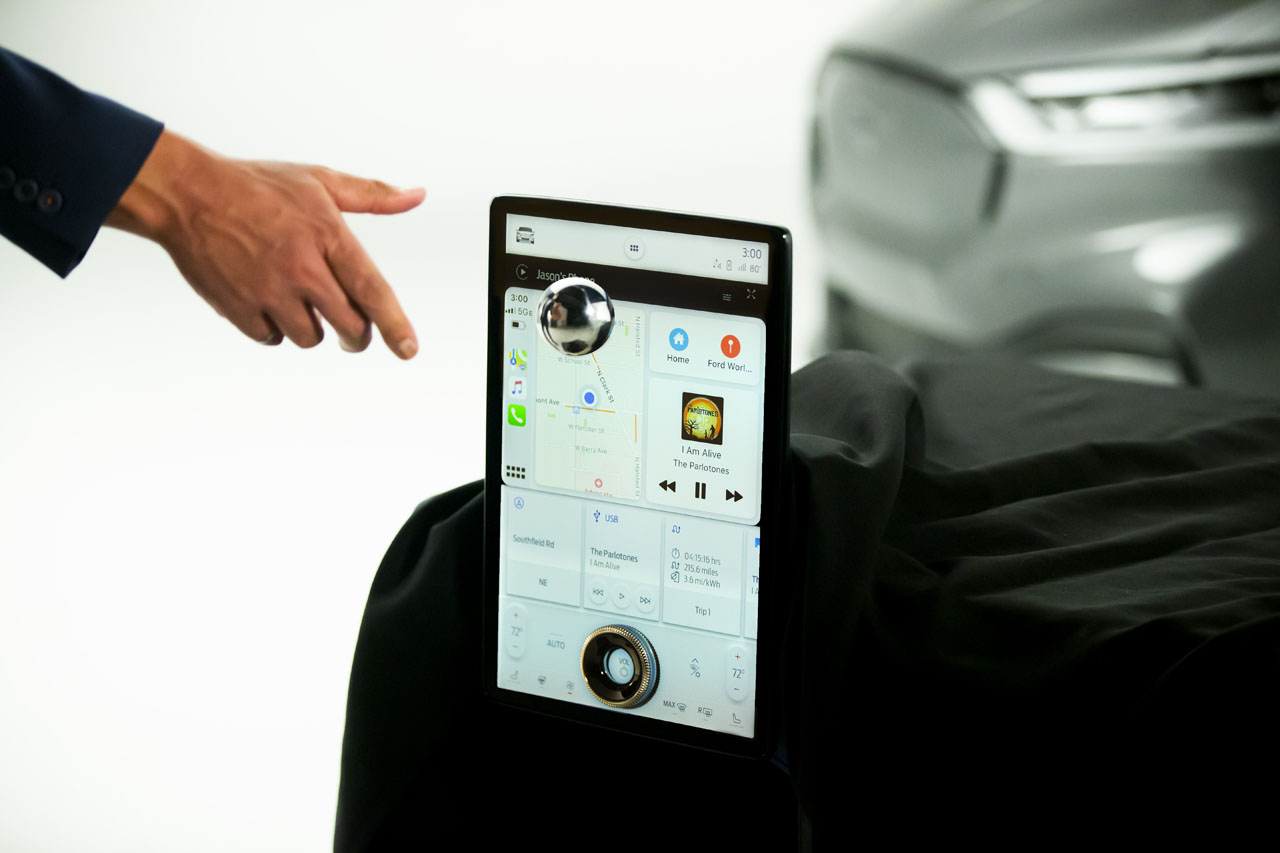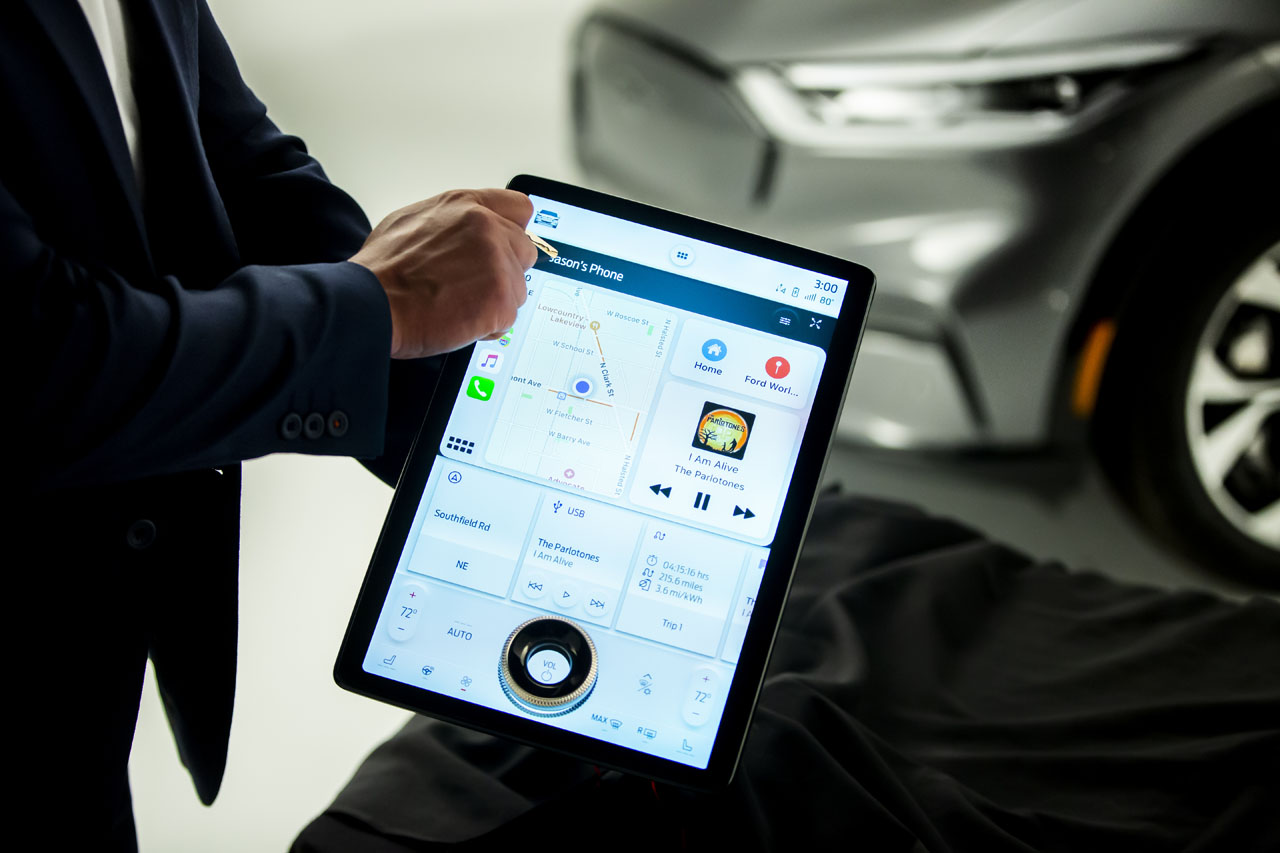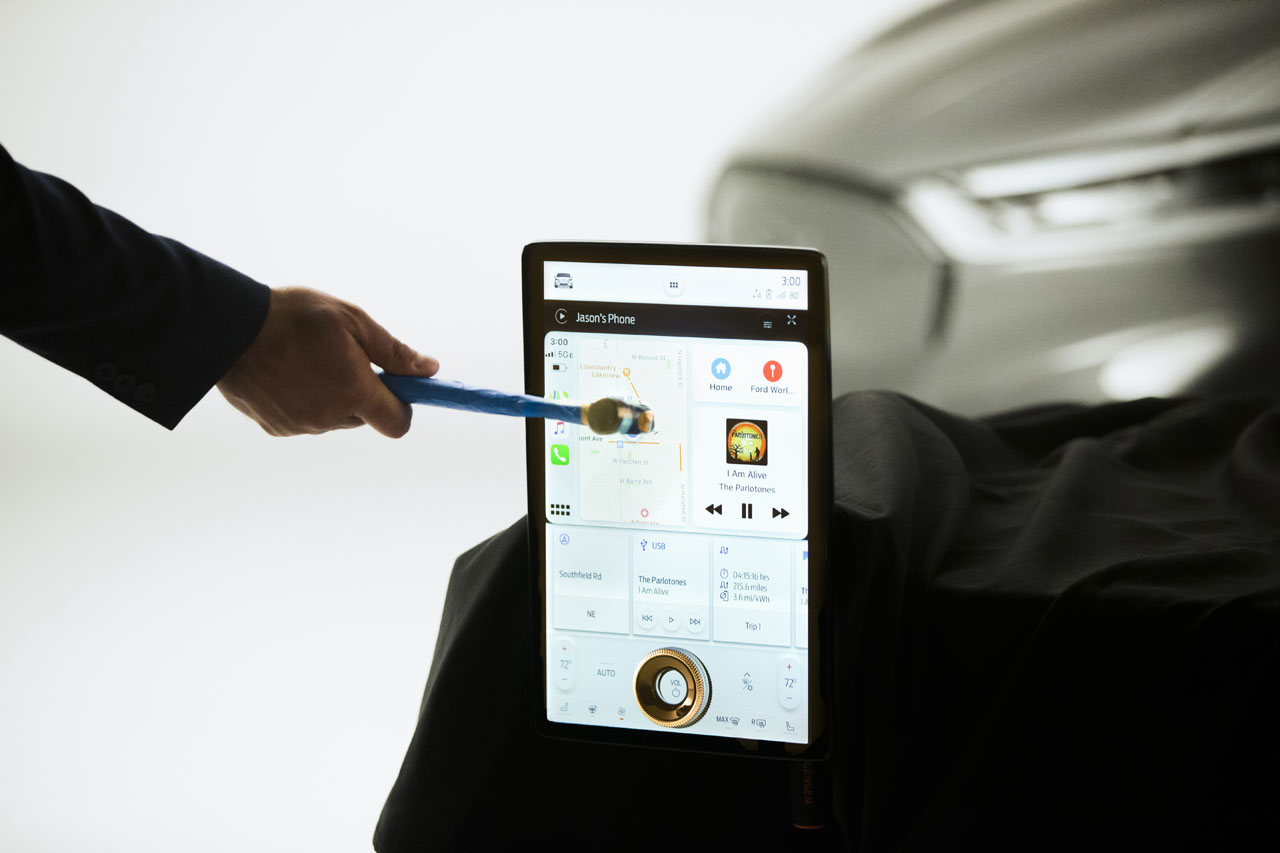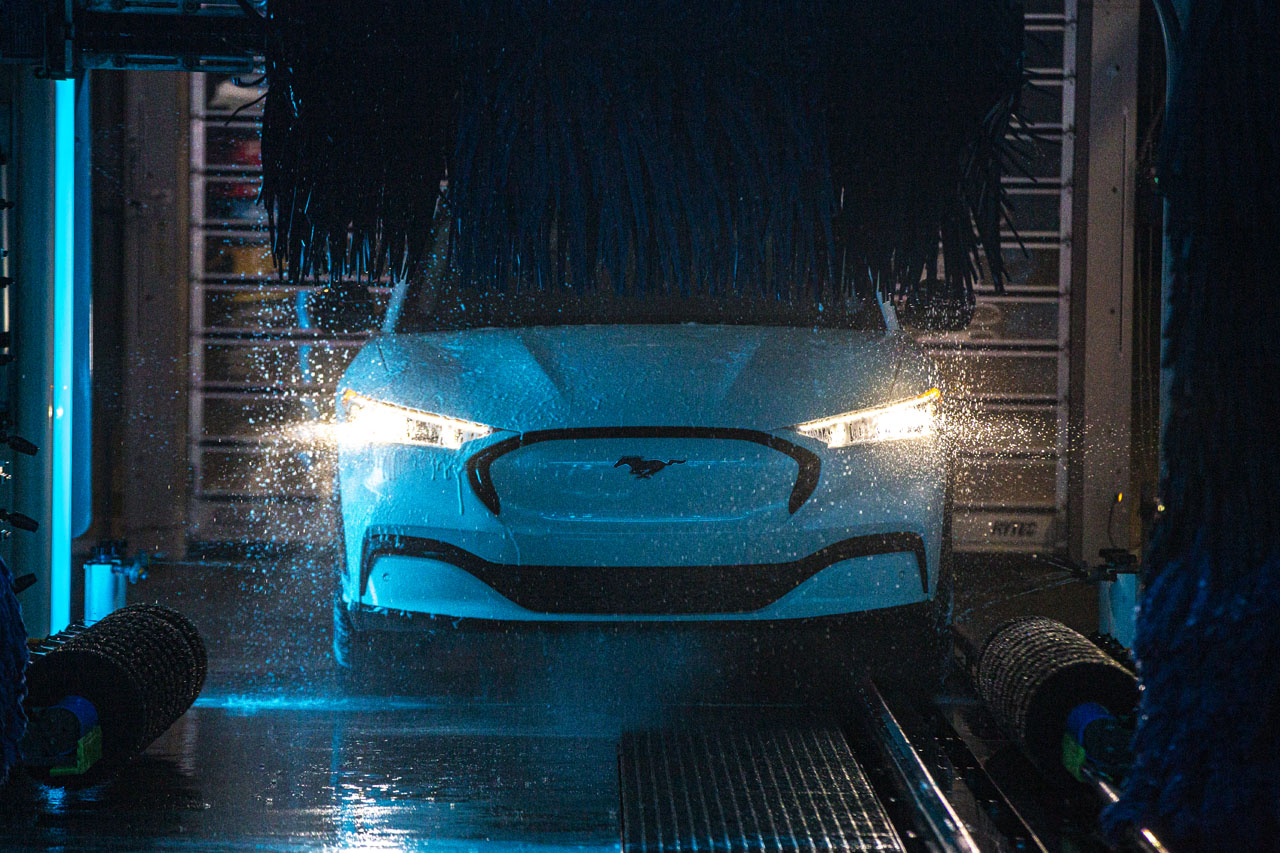Ford Uses Robotic Butts And More To Ensure The Mach-E Lasts
Ford's new electric vehicle, the Mustang Mach-E, is one of the most important vehicles that the automaker has produced in a long time. It's Ford's first real foray into the electric vehicle market, and the car needs to succeed. Ford is talking about endurance testing conducted with the Mach-E to ensure the vehicle lasts for the long haul.
Part of the endurance testing for the electric vehicle involves using a robotic butt to ensure that the seats last. Ford says that it is going through extreme lengths to ensure the electric vehicle is tough and can stand up to the wear and tear of daily driving. The automaker says that it has stressed the vehicle more than any consumer ever would.
The robotic butts Ford uses in its testing are designed to simulate the varying weight loads on the seats from a wide range of human body types. The robots simulated a person getting in and out of the vehicle at least 25,000 times. Ford also tested the seat material to ensure it can withstand daily use and abuse.
Not only did the robotic butts test material, but Ford also used chemical testing to be sure products, including hand sanitizers, don't deteriorate the material. In addition, Ford ensured that the fabric doesn't deteriorate over a simulated 10-year use cycle. Ford also worked hard to ensure that the 15.5-inch screen used in the vehicle can survive for the long haul.
The screen is covered with a material called Dragontail glass meant to ensure its durability. Another test Ford has performed is meant to make the 27 percent of Americans who were reportedly unsure if electric vehicles can get wet or go through a car wash more comfortable. The Ford Michigan Proving Grounds team used an on-site automatic car wash sending the vehicle through 60 different cycles with no issue.
That is equivalent to a wash every two weeks for more than two years. Ford also demonstrated that the Mach-E could be placed into neutral, so it works with an automatic wash conveyor belt system.










